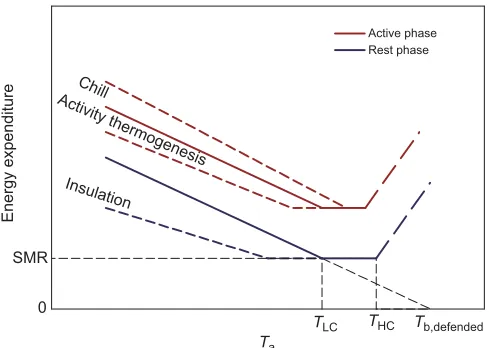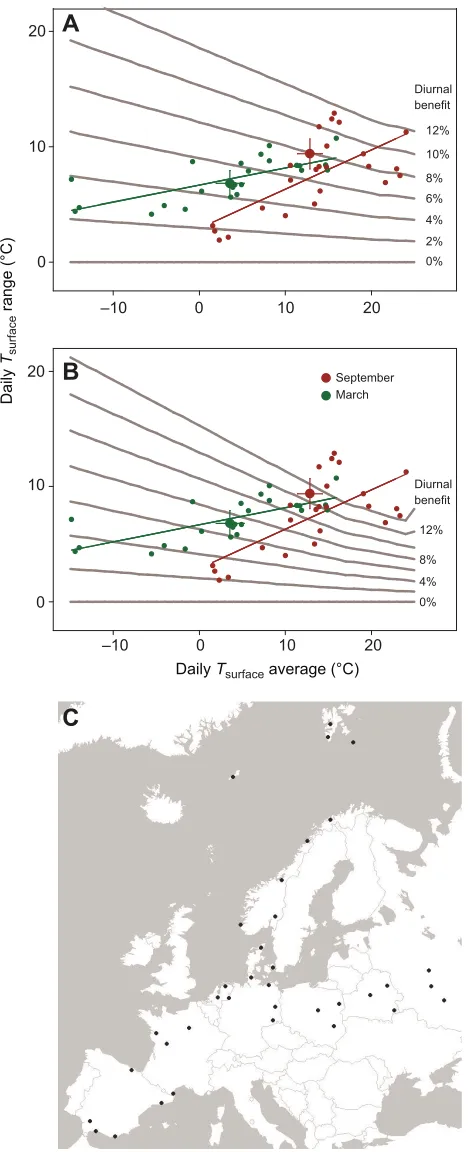Diurnality as an energy saving strategy: energetic consequences of temporal niche switching in small mammals
Full text
Figure




Related documents
This paper details the process of implementing The Archivists’ Toolkit (AT), an open source archival management application, at The Music Maker Relief Foundation (MMRF), a
The proposed framework in the transformation and analyzing process includes rasterizing data or convert layers from vector to raster by using spatial tools,
Christian organizations that might be able to help. Report your results. PROJECTIVE EXERCISE : The task is to formulate a story about the picture. If both of you are working
No orbweaver or jumping spider, no house spider or cobweb spider or wolf spider, not even the large and hairy tarantula, resembles the three deadly ones.. If you look at a spider
As Chao and Aples (1998) analyze the accessibility of primary education in Ghana for Ghanaian children, we see that they use supply- demand side factor as
Our proteomics results revealed a predicted activation state of p53, mitochondrial dysfunction, increased expression of antioxidant proteins, autophagy and senescence markers,
